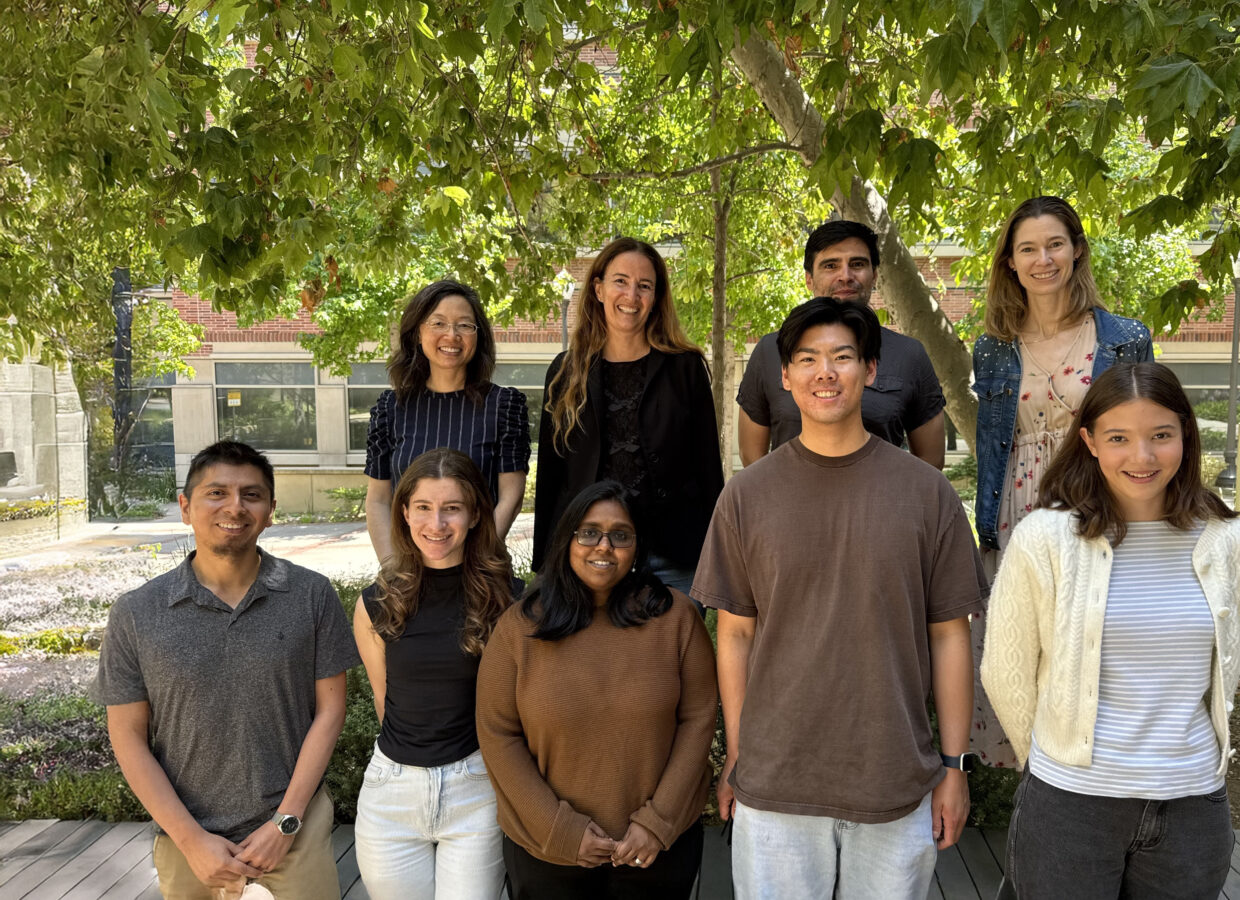A team of researchers from UCLA and UC Santa Barbara has successfully synthesized analogs of depsides, natural compounds with promising antibacterial properties, marking a significant advance in antimicrobial research. The study, recently published in the Journal of the American Chemical Society, highlights the potential of these compounds in addressing the urgent threat of antibiotic resistant infections.
Depsides occur naturally in fungi, lichens, and some plants and have been known to possess antibacterial properties. However, their complex structures have made synthetic production in the laboratory difficult. This research overcomes that challenge by combining synthetic biology and synthetic chemistry techniques to create polymeric depside analogs for the first time.
The work was carried out through the BioPACIFIC Materials Innovation Platform (MIP), a National Science Foundation-funded scientific hub at UCLA and UCSB that supports innovative material synthesis. The platform’s Living Biofoundry enabled the team to produce and modify small molecular building blocks derived from fungi. These building blocks were then chemically altered and polymerized into materials to form depside mimics with potential antimicrobial uses.
“The NSF’s funding of BioPACIFIC MIP provided critical equipment, resources, and environment that made this multidisciplinary work possible.” — Professor Heather Maynard
Heather Maynard, a corresponding author and Dr. Myung Ki Hong Professor in Polymer Science at UCLA, emphasized the collaborative nature of the project. “It is rare to have so many faculty—five from UCLA and one from UCSB—working together on a single paper. The expertise from synthetic biology, polymer chemistry, characterization, and antimicrobial research all came together through the NSF BioPACIFIC MIP, which is run through the California NanoSystems Institute at UCLA and UCSB. This collaboration was essential to achieve what none of us could have done individually.”
The team produced several sizes of each of the depside polymers — each with its own potential applications. The smaller depside polymers show two promising applications: as traditional antibiotics and as agents to prevent or treat biofilms on medical devices, which are a major cause of infections. The larger polymers, on the other hand, provides a potential breakthrough in medical device materials. “The larger polymers could be made into fibers used as wound dressings,” said Maynard.
But the breakthroughs did not stop there. Not only do these synthetic materials open up a new front in the battle against antibiotic resistant infections, they degrade. “Antimicrobial polymers that break down into antibiotic molecules are an exciting frontier for countering the evolution of microbial resistance. These degradable polymers mean that to become resistant, bacteria would have to simultaneously evolve resistance to the monomer, oligomers, and polymers, rather than resistance to just a single chemical species. We hope to explore this more in the future,” said Professor Irene Chen, another UCLA faculty member on the project.
The study involved six faculty members: Irene A. Chen (UCLA, antibacterial research), Abigail G. Doyle (UCLA, degradation and synthetic advice), Javier Read de Alaniz (UCSB, polymer synthesis), Jose A. Rodriguez (UCLA, characterization), Heather D. Maynard (UCLA, polymer synthesis and biocompatibility), and Yi Tang (UCLA, synthetic biology).
Moving forward, the team aims to determine the exact mechanisms behind the antimicrobial activity and explore applications such as 3D-printed antimicrobial structures.
In reflecting on the team’s success, Maynard is quick to highlight the importance of government support for scientific research. “The NSF’s funding of BioPACIFIC MIP provided critical equipment, resources, and environment that made this multidisciplinary work possible,” she said. “What is especially exciting, is that the unique resources and expertise of the NSF BioPACIFIC MIP are available to researchers throughout the nation, serving to significantly accelerate research in the United States, which could not have been realized without government grants to support the work.”
